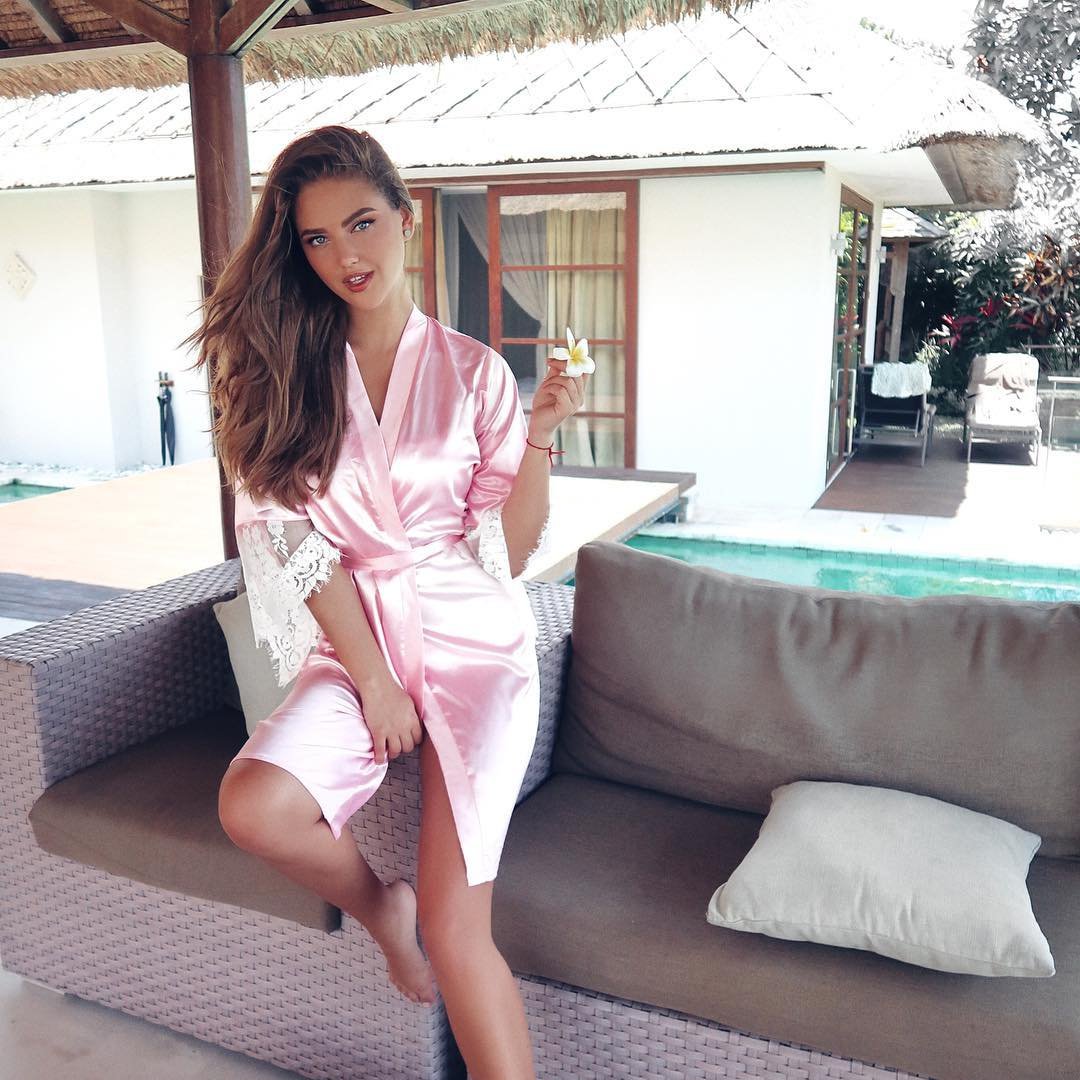Japanese fashion scene is renowned for being anything from avant-garde to downright bizarre. What I find interesting is the number of subcultures present in Japanese fashion, and the way that people actively take part in each. In any of Japan’s main fashion districts, you’ll see a range of colourful street fashion. Below are just a few Japanese fashion subcultures to get acquainted with.
Snapshot Survey
Thanks for sharing your thoughts!
Please subscribe for your personalized newsletter:
Successfully subscribed!
Thank you for subscribing! Check your inbox for personalized content.
1. Mori Girls
/filters:quality(70)/content/h4/he/i16g97r554c7a40a6daa9343650155_600x450.jpg) Photo Credit: frocksandfrolics.blogspot.com
Photo Credit: frocksandfrolics.blogspot.com
The Mori Girl subculture is one of the most recent Japanese fashion subcultures to have emerged. Mori Girls took to the scene as late as 2007. As mori means ‘forest’ in Japanese, the style of dressing revolves mainly around an earthy aesthetic. Quaint dresses in earthy tones best exemplify the Mori Girl. Loose layers, natural makeup, and vintage accents complete the look.
2. Ganguro
Photo Credit: hippotoaster.com
The Ganguro style of dressing emerged in the mid 1990s and peaked in popularity around the year 2000. The look comprises mostly of bleached blonde or orange hair and deeply tanned skin. The clothing is bright and colourful and outfits consist of platform shoes, mini skirts, and stacked jewellery. Other styles of dressing, such as Yamanba and Manba developed from the Ganguro style. In recent years, the Ganguro style of dressing has died down.
Ganguro fashion is a unique subculture of Japanese fashion that began in the mid-1990s and peaked in popularity around 2000. The look is characterized by bleached blonde or orange hair and deeply tanned skin. The colorful clothing often includes platform shoes, mini skirts, and layered jewelry. The style was popular among teenage girls and young women, and spawned two other related styles, Yamanba and Manba.
The term "Ganguro" itself is derived from the Japanese words "gangu," meaning "face," and "ro," meaning "black." This is a reference to the deeply tanned skin of those who follow the fashion. The Ganguro style is thought to have been inspired by the international pop culture of the time, such as American hip-hop and R&B. It was also influenced by the brightly colored clothing of the Shibuya-kei scene, a Japanese music genre popular in the late 1990s.
3. Kogal
Photo Credit: crunchyroll.com
The Kogal look is based around a school-girl style of dressing. Based upon a traditional Japanese school uniform, the look features shortened pleated skirts, loose socks, and dyed hair. The Kogal subculture is notorious for the controversy that surrounds it. The subculture is often accused of being, at face value, selfish and materialistic. As with most subcultures, Kogal has its own slang words and catch phrases.
4. Lolita
/filters:quality(70)/content/rv/ms/iq657ker54c7a40c3e4c5451091675_500x282.jpg) Photo Credit: soler97
Photo Credit: soler97
Lolita fashion is probably one of the more easily recognisable Japanese fashion subcultures. The Lolita style of dressing is heavily influenced by the Victorian and Rococo periods. Think knee length skirts, petticoats, button up blouses, and knee high socks. There are also different styles within the Lolita subculture such as gothic, sweet, classic, and punk.
Discover the mystique and charm of historical garments with our carefully curated inspiration from the medieval era. If you're seeking authenticity for a theme party or costume event, here are some truly renaissance outfit ideas that will transport you back in time. Evoke the spirit of grand festivities with fashion that celebrates tradition and craftsmanship. Embrace a different period, dress up and have fun!
5. Cosplay
/filters:quality(70)/content/rp/st/n3p7al7c54c7a40d89dd0892109511_500x333.jpg) Photo Credit: tokyofashion
Photo Credit: tokyofashion
Cosplay is short for ‘costume play’. Cosplay is best described as performance art, whereby participants dress up to represent characters or ideas. Participants can draw inspiration from a range of Japanese fiction through to modern American cartoons and sci-fi genres. Once in costume, participants are expected to adopt the character and actively participate in role play.
Gallery Spotlight
Save and share the images that inspire you. Tag @allwomenstalk to get featured.
Save
6. Visual Kei
/filters:quality(70)/content/fh/rv/t1b9tfn154c7a40ea51a1898435494_500x333.jpg) Photo Credit: tokyofashion
Photo Credit: tokyofashion
Visual Kei is one of the Japanese fashion subcultures most heavily influenced by music. As such, it is a movement that is mostly seen among Japanese musicians. It can be related to ‘glam metal’ or ‘glam rock’ in Western culture. The Visual Kei look involves the use of stage make-up, elaborate hairstyles, and flamboyant costumes.
7. Gyaruo
/filters:quality(70)/content/kn/ic/dfez6ydk54c7a4100dc6f245703293_500x333.jpg) Photo Credit: tokyofashion
Photo Credit: tokyofashion
Gyaruo are the male equivalent of the Gyaru subculture. Participants of the Gyaruo subculture are typified by their deep tans, dyed hair, fashion-forward outlook. They are also characterised by their party lifestyle and fondness for trance music. Within the Gyaruo subculture, there are also different styles such as ‘military’ ‘surfer’ and ‘rock’. There are many different lifestyle and fashion magazines catering to the Gyaruo market.
These Japanese fashion subcultures are only the tip of the iceberg. What do you think about Japanese street fashion?
Top image source: data.whicdn.com
Snapshot Survey
Thanks for sharing your thoughts!
Please subscribe for your personalized newsletter:
Successfully subscribed!
Thank you for subscribing! Check your inbox for personalized content.
Comments

Don't Miss the Latest Version
Get the latest stories, save favorites, and share with friends — all in one place.
Create your profile. Earn badges. Level up your reading.
Join Allwomenstalk to track your streaks, collect badges, and earn XP for the things you already do—reading, sharing, and taking quizzes.
- 🔥Daily streaks with gentle boosts for 3, 7, and 30 days.
- 🏅Collect badges like Reader I–III, Socialite, and Quiz Ace.
- ⚡️Earn XP for reads, deep reads, likes, comments, and shares.
It’s free. Takes 30 seconds. Already have an account? Sign in.




Feedback Junction
Where Thoughts and Opinions Converge